Chili Powder or Ancho Chili Pepper? Let’s Heat Things Up!
Table of Contents
- Introduction: Spice Wars Begin
- What Is Chili Powder?
- What Is Ancho Chili Pepper?
- Chili Powder vs Ancho Chili Pepper: Head-to-Head
- How to Use Each Like a Pro
- Buying Guide: Picking the Right Spice
- Final Thoughts: Which One Reigns Supreme?
Introduction: Spice Wars Begin
If you’re into spices—and who isn’t when it comes to making that perfect enchilada or smoky stew—you’ve probably wondered about the difference between chili powder and ancho chili pepper.
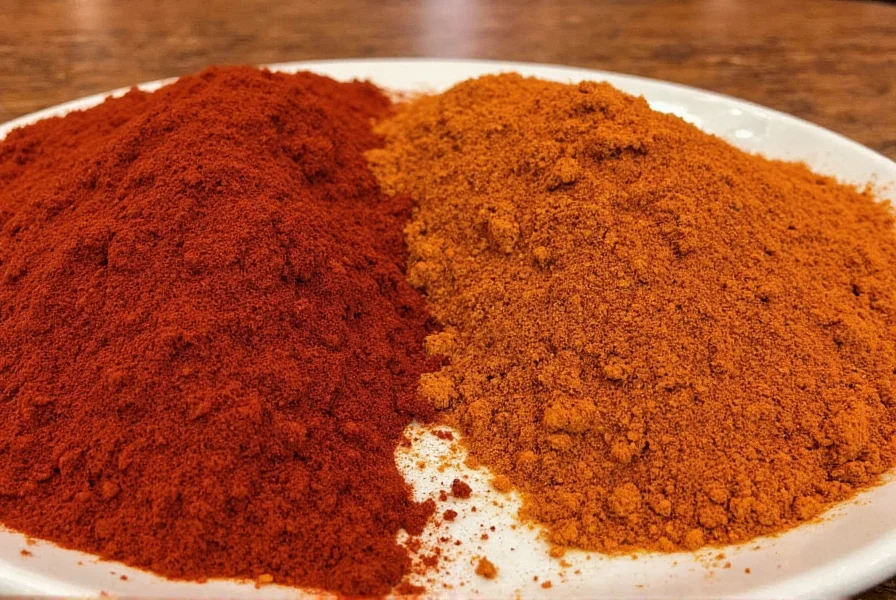
Both are staples in Mexican cuisine, but they're not interchangeable! So let’s break it down, compare their heat levels, flavors, uses, and even how to choose them at the store. Spoiler alert: it’s more than just color and grind.
What Is Chili Powder?
Chili powder is like the Swiss Army knife of the spice rack—versatile, complex, and ready for anything. It's usually a blend of ground dried chilies, cumin, garlic powder, and sometimes oregano or coriander.
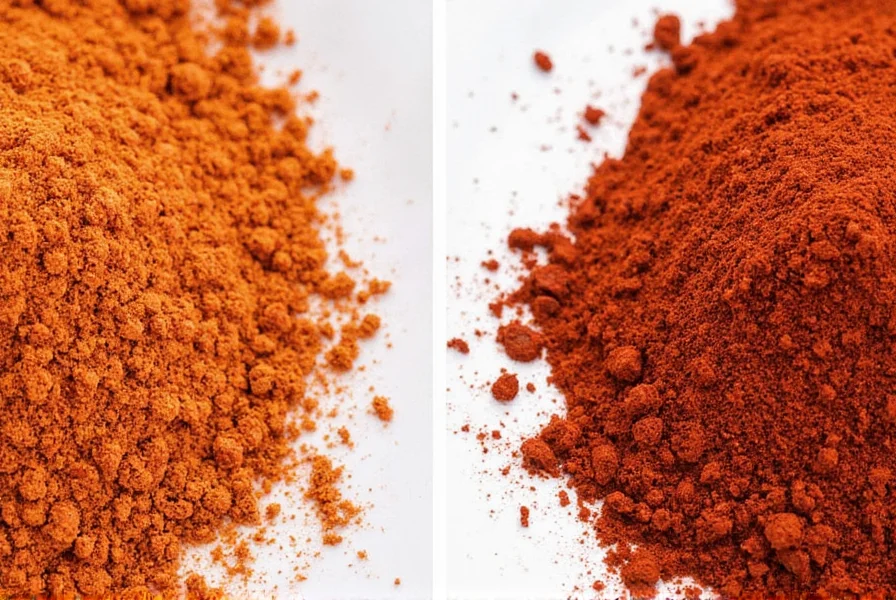
Key Characteristics:
- Mild to medium heat (depending on the brand)
- Earthy, slightly spicy flavor with aromatic undertones
- Most commonly used in Tex-Mex dishes like chili con carne, tacos, and burritos
What Is Ancho Chili Pepper?
Ancho chili peppers are simply dried poblano peppers. When fresh, they're called poblanos; once dried, they become anchos. These are deep red, wrinkly, and rich in flavor.
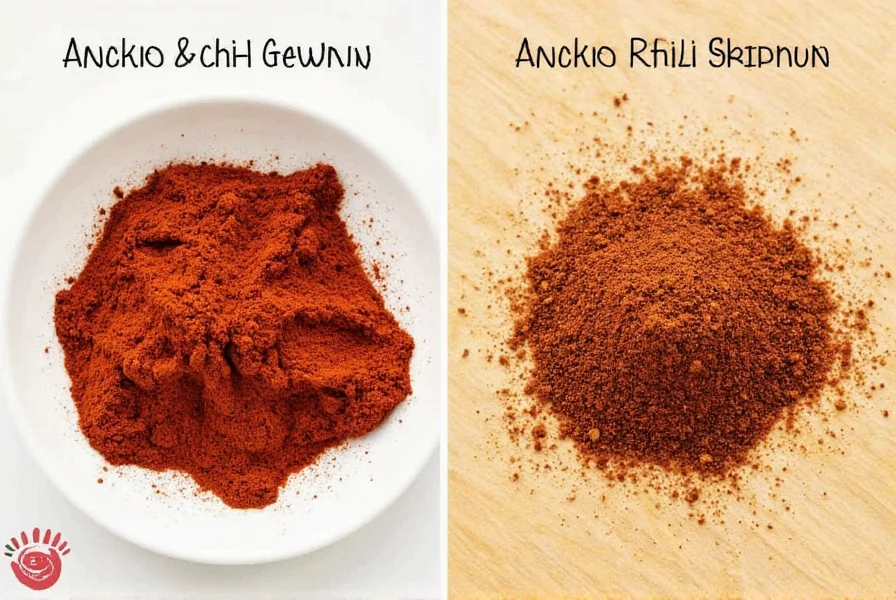
Key Characteristics:
- Low to mild heat level (~1,000–2,000 SHU)
- Sweet, fruity, and mildly smoky flavor profile
- Ideal for sauces, moles, soups, and stews
Chili Powder vs Ancho Chili Pepper: Head-to-Head
Let’s get technical—but not too technical. Here’s how these two popular spices stack up across several categories.
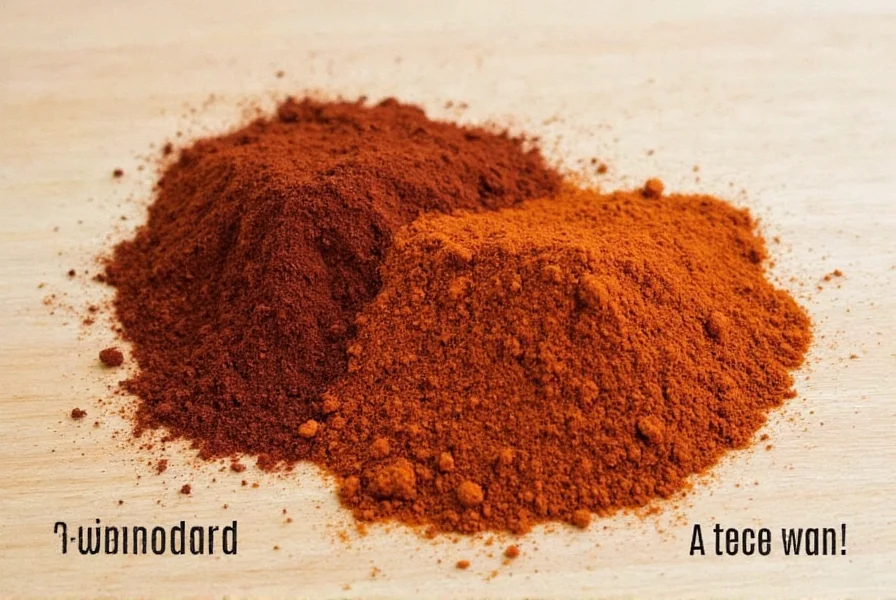
| Category | Chili Powder | Ancho Chili Pepper |
|---|---|---|
| Heat Level | Mild to Medium (varies by brand) | Mild (1,000–2,000 SHU) |
| Main Flavor Notes | Earthy, Smoky, Spiced | Fruity, Sweet, Mildly Smoky |
| Form | Ground Powder (often a blend) | Dried Whole or Ground |
| Best For | Tacos, Chili, Tex-Mex | Mole, Sauces, Stews |
| Substitute Options | Paprika + Cumin + Cayenne | Guajillo or Pasilla Peppers |
How to Use Each Like a Pro
You wouldn't use a wrench to fry an egg, right? Same goes for spices—they each have their moment to shine. Here's how to make the most of both:
For Chili Powder:
- Browning meat: Add during the browning stage to infuse the meat with flavor.
- Bean dishes: Mix into refried beans, chili, or lentils for depth.
- DIY blends: Make your own version using 2 tbsp ancho powder, 1 tsp cumin, ½ tsp garlic powder, and a dash of cayenne.
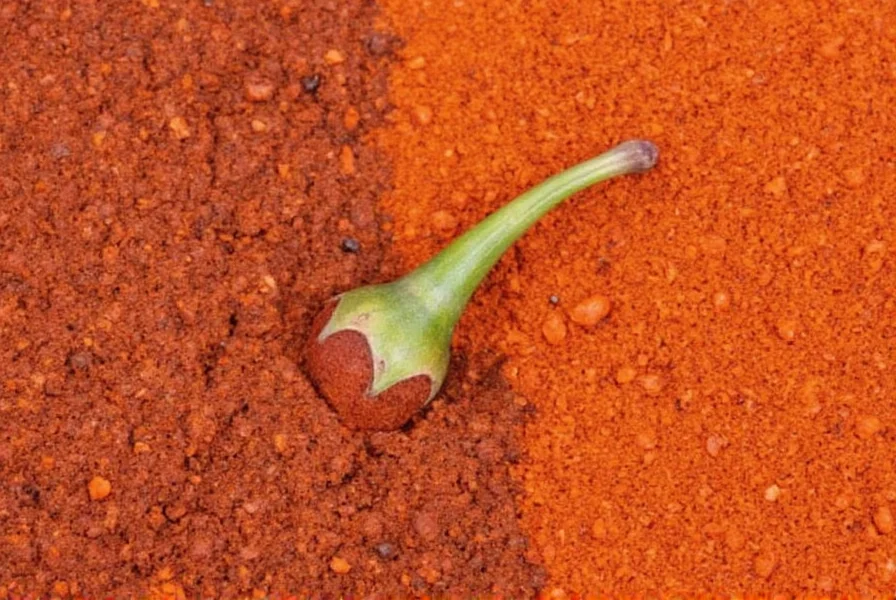
For Ancho Chili Pepper:
- Rubbing meats: Grind dried anchos into a powder and mix with salt, pepper, and oil for a smoky dry rub.
- Making sauces: Rehydrate in hot water or broth, then blend into a paste for mole or enchilada sauce.
- Stocking your pantry: Keep whole dried anchos for later use—just store in an airtight container.
Buying Guide: Picking the Right Spice
When you hit the grocery aisle or browse online for spices, it’s easy to feel overwhelmed. Here’s a quick guide to help you choose wisely.
What to Look for in Chili Powder:
- Packaging: Choose tightly sealed containers to preserve freshness.
- Ingredients list: Check if it's a single-origin chili powder or a blended version. Blends often include fillers like flour or starch.
- Brand recommendations:
- McCormick Chili Powder: Classic all-purpose choice.
- La Flor Chile Ancho: Pure ground ancho for authentic flavor.
- Ranch Style: Great for homemade taco seasoning mixes.
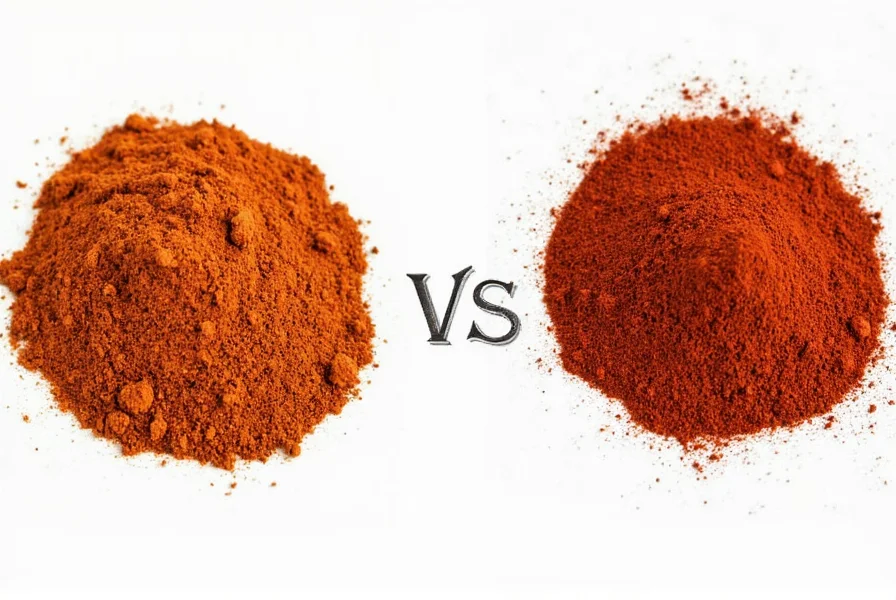
What to Look for in Ancho Chili Peppers:
- Appearance: Look for dark reddish-brown color with some wrinkles—signs of maturity.
- Texture: Should be pliable but not brittle. Avoid overly hard or shriveled peppers.
- Product types:
- Whole dried peppers: Ideal for rehydrating and blending.
- Ground ancho powder: Ready to use in rubs and sauces.
- Canned or jarred puree: For convenience without prep work.
- Top products:
- Goya Whole Ancho Chiles: Affordable and widely available.
- La Costeña Dried Ancho: Slightly sweeter, great for moles.
- La Morenita Ground Ancho: Consistent texture and flavor.
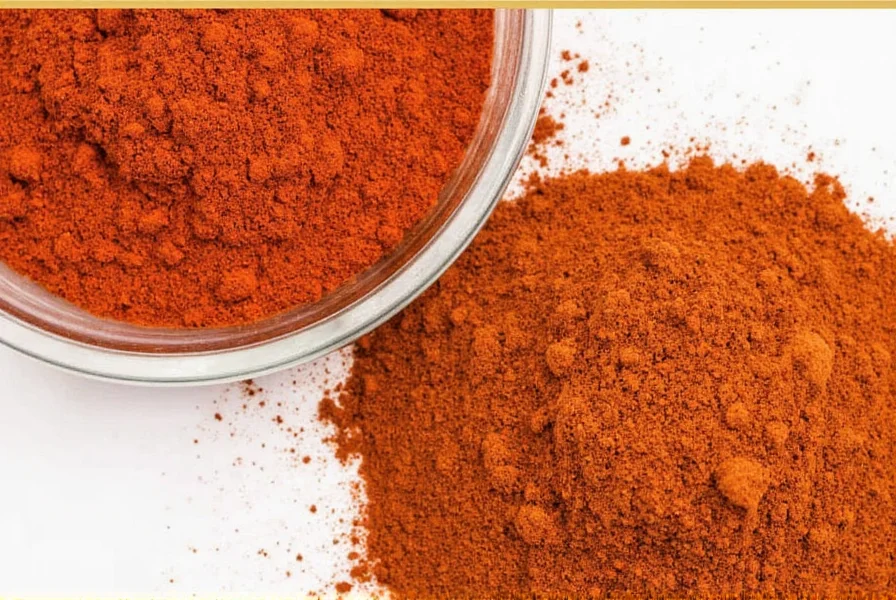
Final Thoughts: Which One Reigns Supreme?
There’s no clear winner here because they’re not substitutes—they serve different purposes. Think of them as cousins rather than competitors.
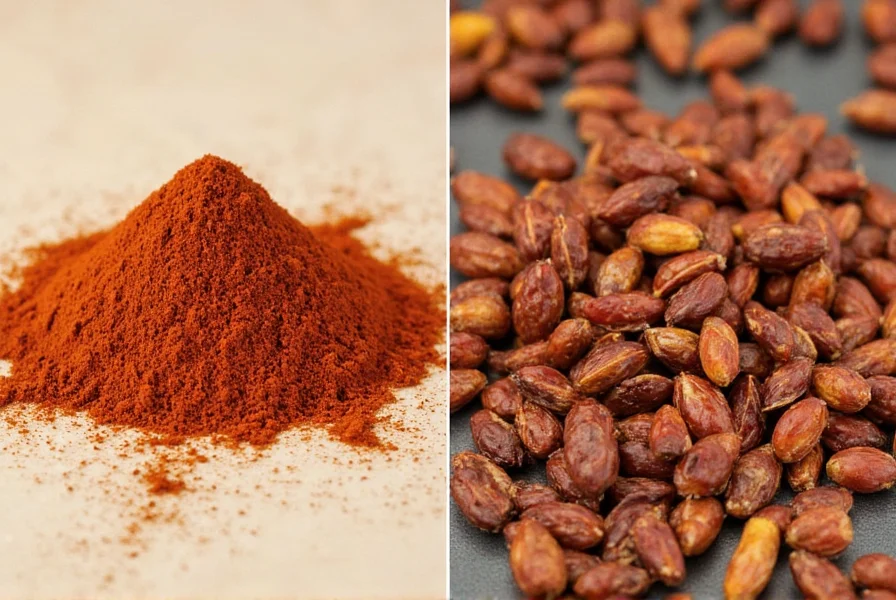
Use chili powder when you want a balanced, earthy kick with layers of spice and warmth—it’s perfect for everyday cooking and fast meals.
Reach for ancho chili peppers when you want deep, nuanced flavor—especially in slow-cooked dishes, sauces, and traditional Mexican recipes.
So next time you're planning your weekly meal prep or experimenting with new recipes, remember: one isn’t better than the other—it’s all about knowing which spice to reach for and when!

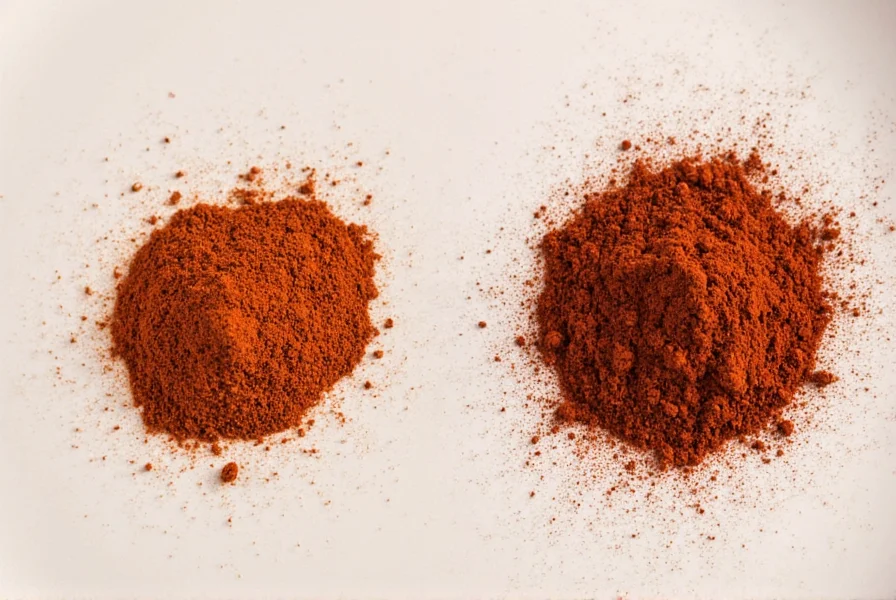









 浙公网安备
33010002000092号
浙公网安备
33010002000092号 浙B2-20120091-4
浙B2-20120091-4